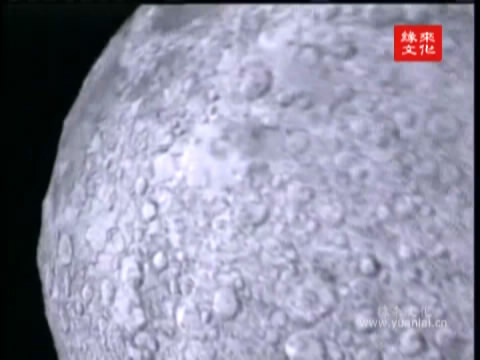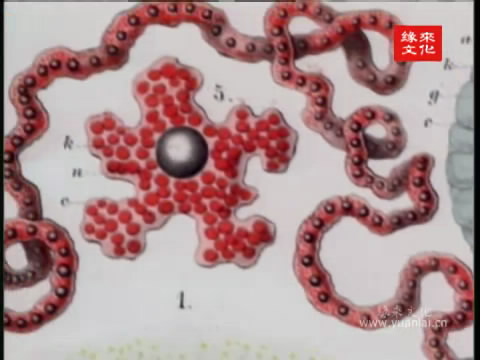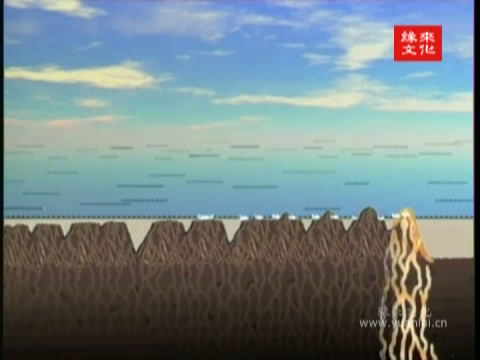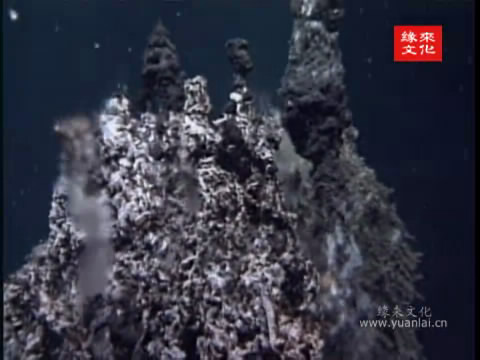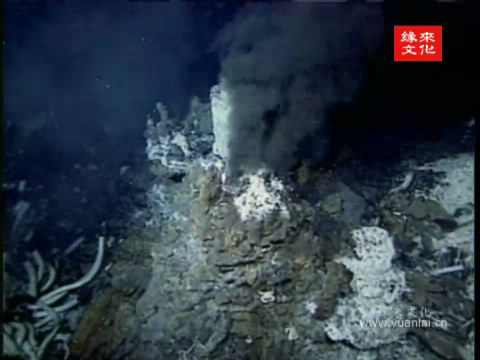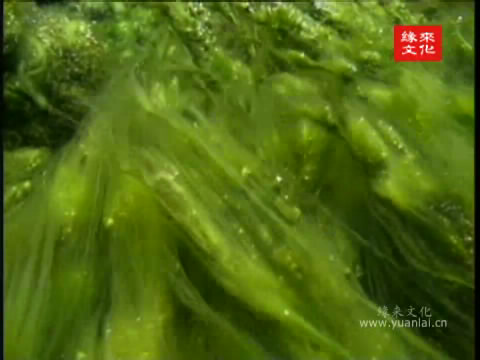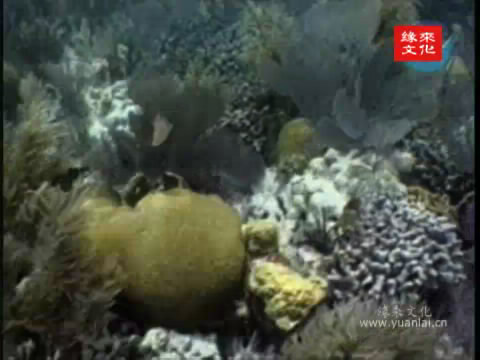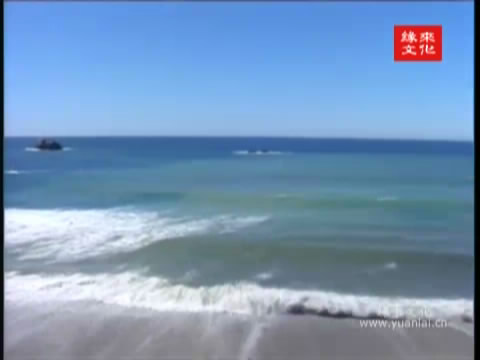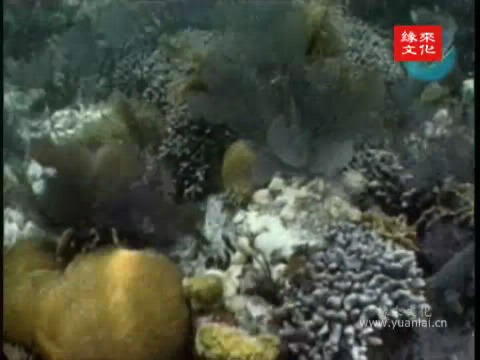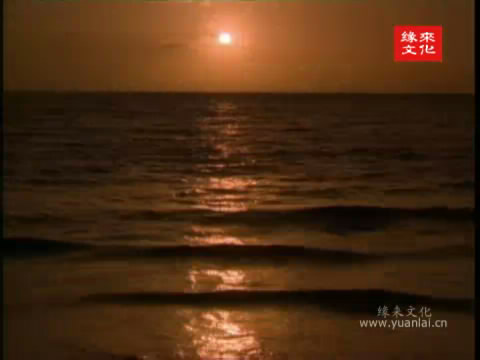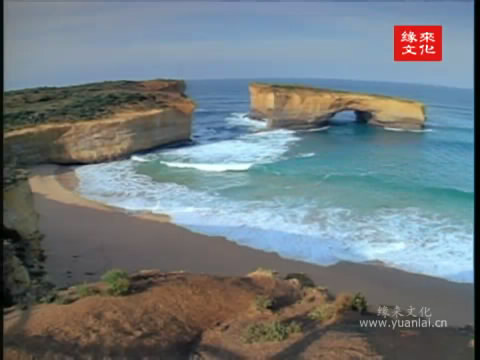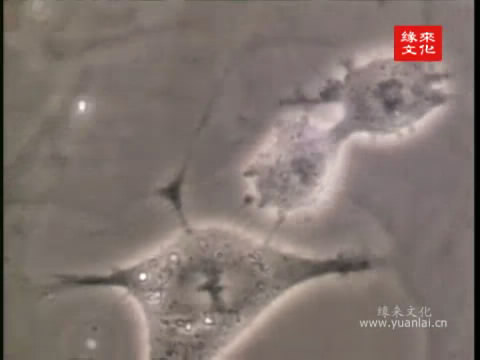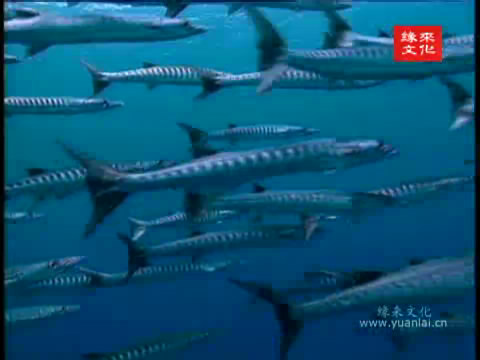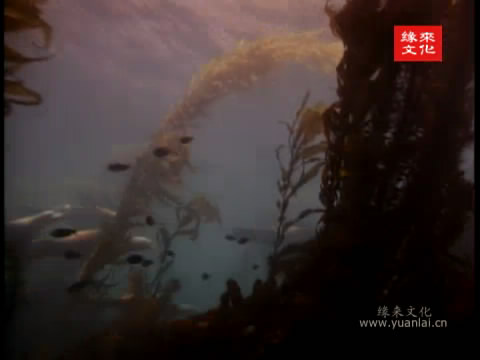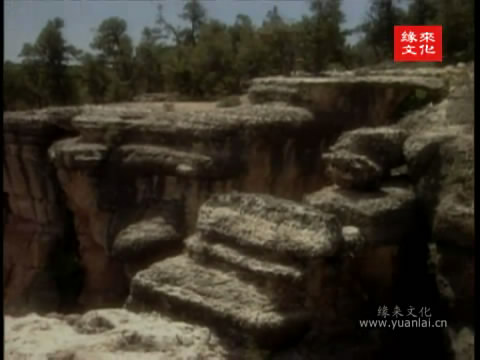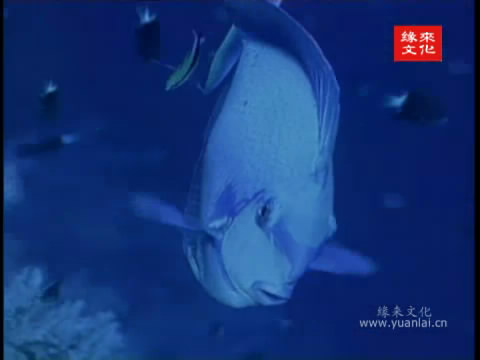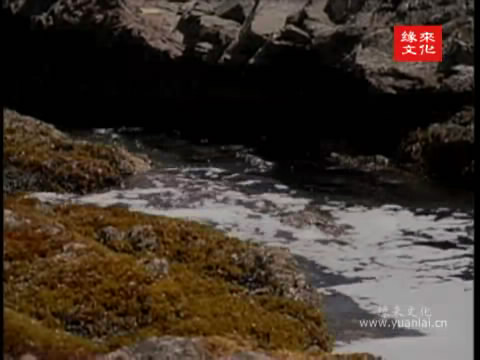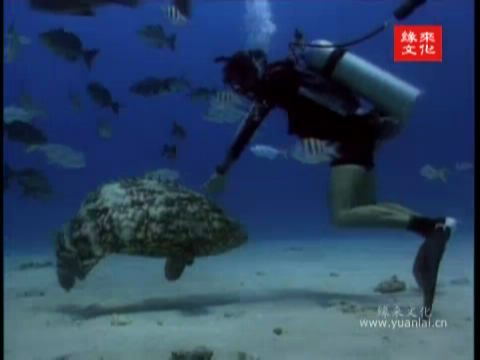- Home
- Science Mathematics | Physics | Material Chemistry | Astronomy & Astronautics | Geoscience | Bioscience | Agricultural Science
- Culture Literature & Art | History & Culture | Economy & Management | Social Science | Sport & Adventure | Tourism & Scenery
- Engineering Industrial Design | Architecture & Decoration | Environmental Protection | Electrommunication | Communication & Transportation | Sci-Tech Frontier
- Detection Military Warfare | Detection & Reasoning
- Medicine Basic Medicine | Medicine Frontier | Public Health Care
- Lectures Society | Design | Scientific Technology


